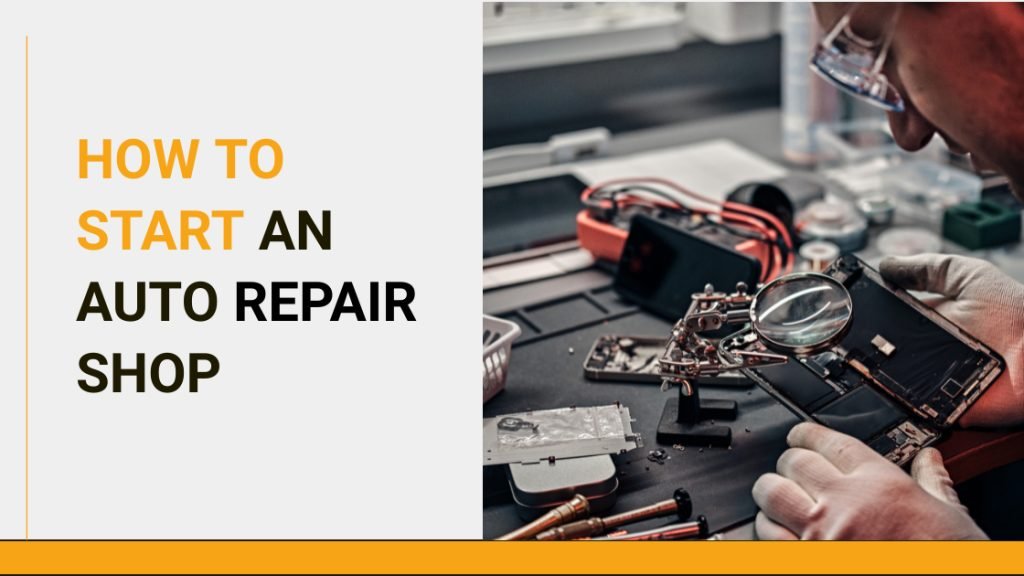As the demand for automotive services continues to grow, repair shop owners and mechanics often find themselves seeking ways to improve their operational efficiency, increase productivity, and enhance customer satisfaction.
One significant investment that can significantly benefit any repair shop is the installation of a car lift. Car lifts not only facilitate easier access to different vehicle components but also provide a safer and more ergonomic working environment for mechanics. However, before embarking on such a venture, it is crucial to understand the costs associated with installing a car lift.
Determining the exact cost of putting a car lift in your repair shop can be challenging as it depends on various factors. These factors may include the type of car lift, the weight capacity required, the brand and quality, installation requirements, and any additional features or accessories desired. It is essential to conduct thorough research, consult with professionals, and evaluate your specific needs to arrive at a realistic estimate for your repair shop.
In this article, we will delve into the key aspects to consider when assessing the cost of installing a car lift in your repair shop. We will explore the different types of car lifts available, discuss the factors influencing the price range, and provide insights to help you make an informed decision. By understanding the costs involved, you can plan your budget effectively and make the right investment that aligns with your business goals.
Whether you are a seasoned repair shop owner looking to upgrade your equipment or an aspiring entrepreneur planning to open a new shop, this guide will serve as a valuable resource to navigate the realm of car lift installations. Let’s delve deeper into the various considerations and unveil the financial aspects involved in incorporating a car lift into your repair shop operations.
Factors To Consider While Purchasing Car Lifts For Your Repair Shop
When it comes to purchasing a car lift for your repair shop, there are several crucial factors to consider. Making an informed decision based on these factors will ensure that you select the right car lift that meets your specific requirements. Here are some key considerations to keep in mind:
1. Type of Car Lift
There are various types of car lifts available in the market, including two-post lifts, four-post lifts, scissor lifts, and portable lifts. Each type has its own advantages and limitations. Consider the type of vehicles you typically work on, the space available in your shop, and the nature of repair work you undertake. This will help you determine the most suitable type of car lift for your needs.
2. Weight Capacity
The weight capacity of the car lift is an important factor to consider. Different lifts have different weight capacities, and it is crucial to choose one that can handle the maximum weight of the vehicles you will be servicing. Ensure that the lift’s weight capacity is well above the heaviest vehicle you anticipate working on to maintain safety and efficiency.
3. Quality and Durability
: Investing in a high-quality car lift is essential for long-term performance and reliability. Look for lifts manufactured by reputable brands that have a track record of producing durable and sturdy equipment. Read customer reviews and seek recommendations from industry professionals to assess the quality and durability of different car lift models.
4. Safety Features
Safety should be a top priority when selecting a car lift. Look for lifts that come with essential safety features such as automatic safety locks, mechanical load-holding devices, and safety mechanisms to prevent overloading. Consider additional safety features like arm restraints, rubber lifting pads, and anti-sway systems that can further enhance the safety of your mechanics and vehicles.
5. Space and Height Requirements
Evaluate the available space in your repair shop and the ceiling height. Different car lifts have different space and height requirements. Ensure that the lift you choose fits comfortably within your shop’s dimensions without hindering other operations. Also, consider the height required to lift vehicles to a suitable working height and ensure that it is compatible with your shop’s ceiling height.
6. Installation and Maintenance
Consider the installation process and maintenance requirements of the car lift. Some lifts may require professional installation, while others can be installed by your own team. Additionally, inquire about the availability of spare parts and the ease of maintenance and servicing for the chosen lift. Opting for a lift with accessible maintenance and readily available spare parts can minimize downtime and ensure smooth operations.
7. Budget
Lastly, but importantly, consider your budget when purchasing a car lift. Set a realistic budget range and explore options that fall within your financial capabilities. Remember that while price is a significant factor, it should not be the sole determinant. Prioritize quality, safety, and suitability for your specific repair shop needs.
The Cost and Pricing Structure For Car Lifts
Automobile lifts are expensive purchases that are essential for garages, service facilities, and dealerships. This is because they facilitate and speed up repair operations and elevate the automotive experience. A vehicle lift can cost anywhere from $1,500 and $15,000 or more, depending on the brand, kind, construction, additional equipment, lifting capacity, etc. However, it is a wise investment that will help you save a lot of money or perhaps make money.
The various sizes and configurations of vehicle lifts are what cause the largest price variations. Others are made for buses and big vehicles, while some auto lift types are made to raise tiny saloon automobiles.
Two-post lift
For most vehicles and light trucks, two-post car lifts are frequently employed. The car is hoisted using the lift posts that are positioned beneath the two poles that are set side by side. The lifts range in price from $1,500 to $3,500 for a 2-post lift that can have a 10,000-pound weight capacity. A two-post lift with a 14,000-pound lifting capacity should cost between $3,000 and $5,000.
Four-post lift
If you need a lift with a larger lift capacity, a four-post car lift is your best option. The heavier vehicles are driven to the lift because it is more stable and prevents lift movement. A maximum of two cards may be hoisted at once. A 4-post lift with a 10,000-pound weight range typically costs between $2,000 and $4,500. A lift with a 12,000-pound capacity will cost little more than $5,000.
Scissor and a parallelogram lift
You might want to think about using parallelogram lifts or scissor car lifts if you have larger vehicles, such as trucks and buses. Vehicles are pushed into them, and they can support enormous weights. These lifts are quite expensive, costing $10,000 or more.
In-ground lift
In-ground lifts are built to take up less room in your bay or floor space. As their name implies, they entirely fold into the earth when not in use, creating extra room. However, in-ground lifts are more expensive since they require more technology to produce. They cost between $6,000 and $10,000, depending on the weight capacity.
Installation of the Car Lifts in the Shop Space
In addition to the price of the lifts themselves, safe installation costs may be necessary. Ask the architect before installation or purchase because it may be included in the lift’s cost. If you’re a shop expert and are familiar with an auto lift’s dynamics, you might as well do it yourself.
However, we strongly advise hiring a specialist to install your vehicle lift due to the additional cost of a tool box, body lift kit, professional-grade tool, and further accessories.
While a 4-post lift assembly can cost between $700 and $1,000 to install, a two-post lift installation may cost between $300 and $500.
Parallelogram and scissor lift installations cost between $1,000 and $1,500.
The expense of installing other kits, such as high-lift equipment, which is typically approximately $800, may also be incurred during installation.
For in-ground lifts, the garage floor must be secured, which costs $300 when done separately (it is less expensive when done during construction). Depending on your lift, compressor, and electrical lines maintenance may be necessary, however, it’s important to take these costs into account when looking for auto lifts.
Selecting a New Car Lift
Once you’ve made up your mind about a certain vehicle lift, make sure to double-check all dimensions. These include the total height and clearance between the columns, the motor-free width, the height of the lights, and the distance between the ramps. As a general guideline, provide additional length and measure for the largest car you own. Additionally, measure the garage ceiling height to make sure the automobile can fit on top with a few inches of space. The width of the car lift should also suit your garage door at home, to finish proper installation.
Conclusion
Choosing the right car lift for your repair shop is a significant decision that can greatly impact the efficiency, safety, and overall success of your operations. By considering the factors outlined in this article, you can make an informed choice that suits your specific needs and budget.
Remember to assess the type of car lift that best suits your shop, taking into account the weight capacity required and the available space. Prioritize quality and durability, opting for reputable brands known for their reliable equipment. Safety features should never be compromised, as they play a vital role in protecting your mechanics and vehicles.
Additionally, factor in installation and maintenance requirements, ensuring that the chosen car lift is compatible with your shop’s infrastructure and that servicing is convenient. Lastly, establish a realistic budget range and balance it with the other considerations to find the best value for your investment.
By investing in a suitable car lift, you can streamline your repair shop operations, increase productivity, and enhance customer satisfaction. A well-chosen car lift will provide a safer working environment for your mechanics and facilitate smoother vehicle maintenance and repairs.
Remember to research thoroughly, consult with industry professionals, and explore multiple options before making your final decision. By doing so, you can confidently select a car lift that meets your repair shop’s unique needs, setting the stage for improved efficiency and profitability in the long run.




